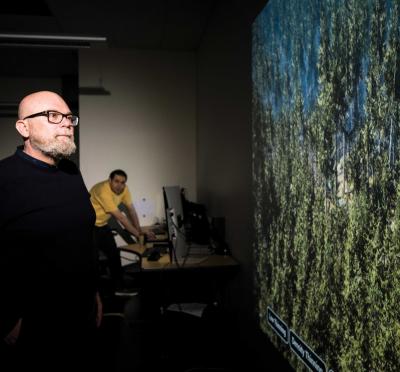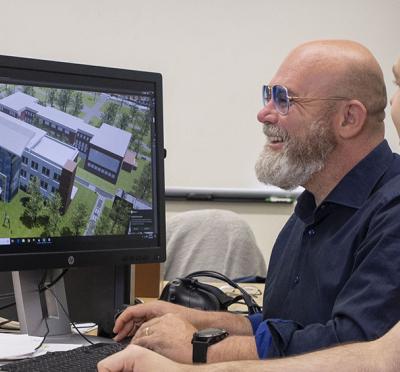
Raffaele De Amicis
3105 Kelley Engineering Center
Corvallis, OR 97331
United States
Raffaele de Amicis is associate professor at the School of Electrical Engineering and Computer Science at Oregon State University. He received his Ph.D. in design and methods of industrial engineering at the Faculty of Engineering, University of Bologna, Italy. From 1999 until December 2002, he was a research fellow at the Fraunhofer Institute for Computer Graphics in Darmstadt, Germany and senior researcher at the at the Technical University of Darmstadt. Before arriving at Oregon State, he was the founding director of GraphiTech, Center for Advanced Computer Graphics Technologies in Trento, Italy, where he was recognized for leadership in science, technology, and innovation. Between 2003-16, acting as a consulting professor, he has educated and mentored diverse groups of learners, from different nationalities and cultural backgrounds, principally in the undergraduate and graduate courses at the Department of Information Engineering and Computer Science and at the ICT International Doctoral School, University of Trento. He has authored three books, contributed to 15 scientific texts, and is author or co-author of more than 120 scientific papers. De Amicis has been the project coordinator of several multidisciplinary research projects contracted or funded by the European Commission, the North Atlantic Treaty Organization, governmental agencies and industry with an overall budget of 20 million Euros.
Since 2010, he has been the vice-president of the Board of Directors at GraphicsMedia.net - International Network for the Cooperation in Applied Research in Computer Graphics, Multimodal and Multimedia Technologies and Visual Interactive Digital Media Technologies, where he has developed strong competencies in how to build and manage successful multinational organizations. In this context, he has established strong linkages to diverse academic and research institutes, both at the national and international level.

